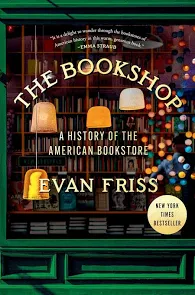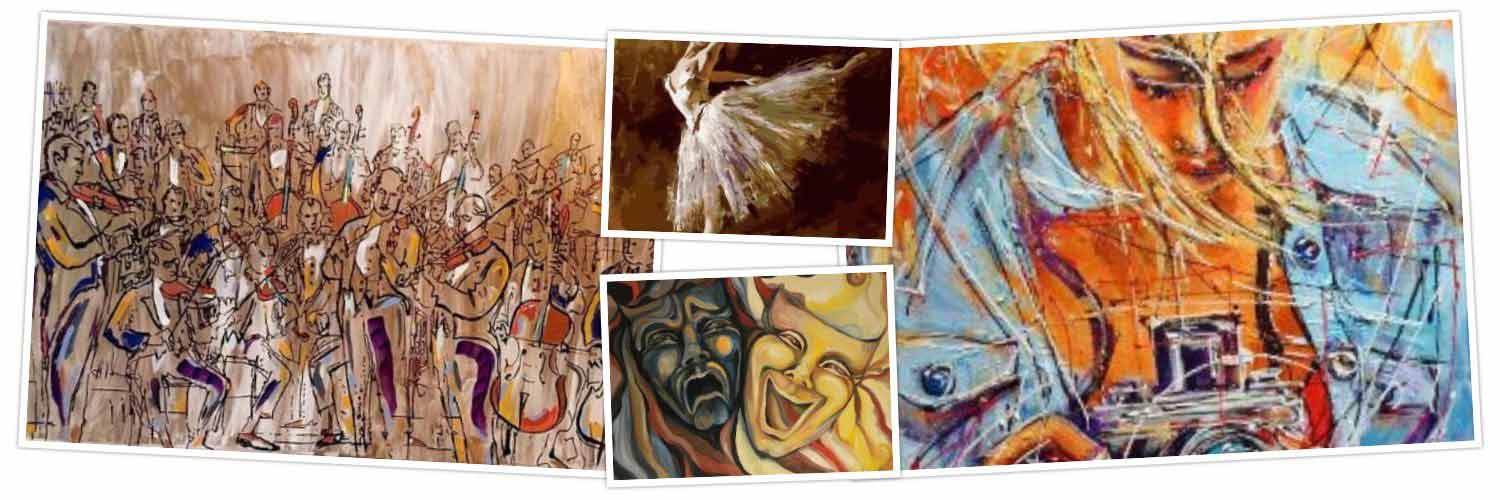Book Review: “The Perilous Art of Selling Books”
Reviewed by Steven G. Kellman
“Entering any bookstore is a sensory experience,” writes Evan Friss, and he shares that experience in the opening pages of The Bookshop, where he invites the reader to enter Three Lives & Company, an independent emporium in Greenwich Village. Three Lives does not sell puzzles, greeting cards, gift wrap, or coffee, and it does not even stock most bestsellers. Instead, what, in addition to bibliosmia (the distinctive aroma of books), one experiences is a sodality of letters, in which books, booksellers, and other customers share a sacred literary space.
Amazon.com dominates the bookselling market, and the largest bricks-and-mortar booksellers are Costco and Target, so the independent bookstore is a rare and endangered species. Friss notes that during the past 30 years the number of bookstores of any sort has shrunk from 13,499 to 5,591. That is a melancholy statistic for readers of books and book reviews, for whom businesses that stock mattresses, bicycles, or plumbing supplies lack the same emotional resonance.

Bookstores were operating in North America before the word was coined – in 1760 by James Rivington to advertise his Philadelphia business. Benjamin Franklin was already selling books as an extension of his work as printer, author, and postmaster. By helping to make Thomas Paine’s Common Sense the first American bestseller, Franklin shaped the Revolution. In the 19th century, the Old Corner Bookstore in Boston, owned by James T. Fields and William D. Ticknor, became a hangout for Ralph Waldo Emerson, Nathaniel Hawthorne, Henry Wadsworth Longfellow and the cradle of new American literature. Although the lack of international copyright laws enabled booksellers on this side of the Atlantic to profit from pirated editions of Dickens and Scott, the average life span of a bookstore before the Civil War was less than five years.
Not a systematic or thorough history, Friss’s book is particularly keen on recent developments in the trade. He offers striking portraits of some of the odd personalities drawn to an idealistic occupation that aims for the soul yet depends on capital. “When you sell a man a book,” declared Roger Mifflin, who peddled books from a wagon, “you don’t sell him just twelve ounces of paper and ink and glue – you sell him a whole new life.” Frances Steloff lived above her Gotham Book Mart and, until her death at 101 in 1989, devoted her life to her cat and promoting the modernist avant-garde. A singular survivor of Manhattan’s once-flourishing Book Row, Fred Bass created The Strand, a massive repository of used and antiquarian books. Mitchell Kaplan opened Books & Books and co-founded the gargantuan Miami Book Fair. Although many booksellers dream of writing a book, Friss finds particular fascination in successful writers who open bookstores – Ann Patchett in Nashville, Louise Erdrich in Minneapolis, Larry McMurtry in Archer City, Garrison Keillor in St. Paul.
Friss notes the variety of specialized bookstores – feminist, African American, even the defunct Aryan Book Store, a Nazi outpost in Los Angeles that, like Communist bookstores, was harassed by the FBI. Craig Rodwell’s Oscar Wilde Memorial Bookshop in Greenwich Village became the engine of a gay revolution. Friss does not mention the Guadalupe Latino Bookstore in San Antonio.
Bookstores of all sorts function as democratic meeting places and cultural centers. According to George Orwell, who sold books for a while in London, bookstores are a magnet for lunatics,“because a bookshop is one of the few places where you can hang about for a long time without spending any money.” The economics of the trade are treacherous. Not only is a shop’s precarious survival threatened by shoplifting, labor strife, and rising real estate costs, by superstores swallowing up or bankrupting smaller ones, and by the internet, but at a time when the average American consumer spends $30 a year on books, selling sneakers is a better investment. Nevertheless, if you love reading and a rich account of how texts are merchandised, seek out an endangered local bookstore for a copy of The Bookshop..
————————————————————————————————————–
The Bookshop: A History of the American Bookstore by Evan Friss; Viking; 2024; $30
